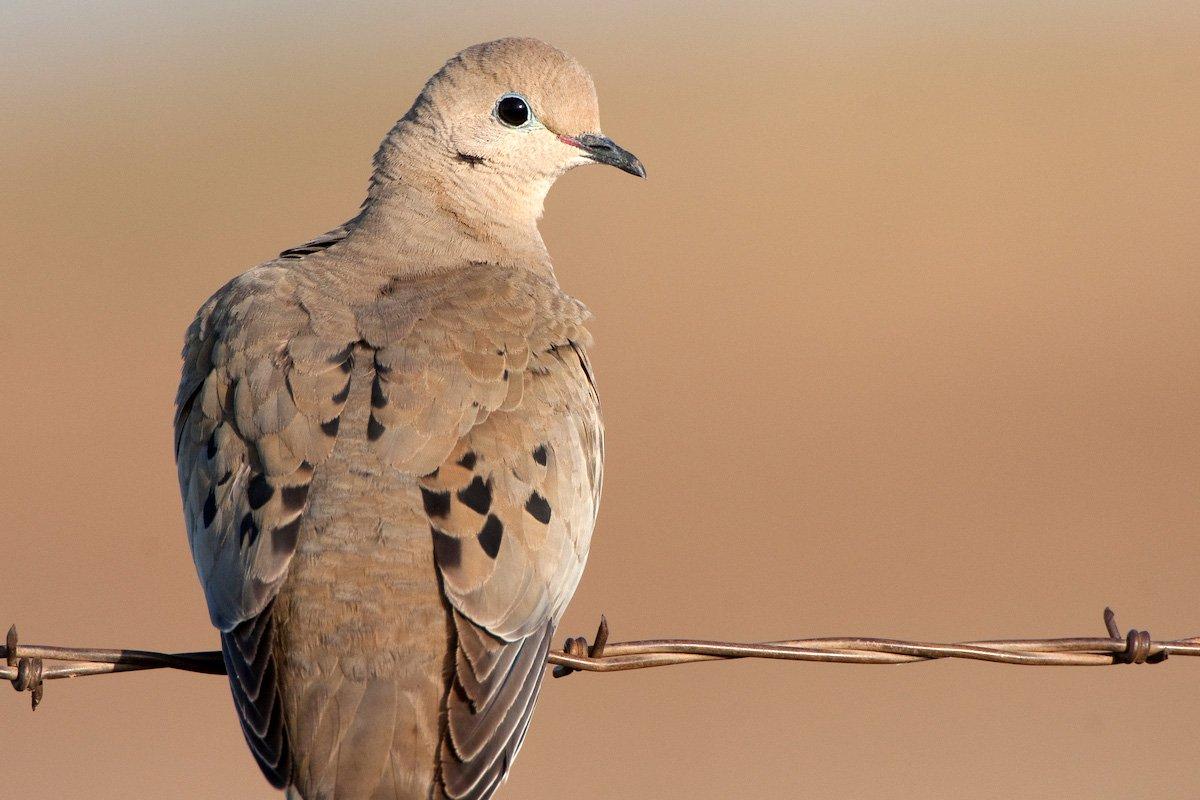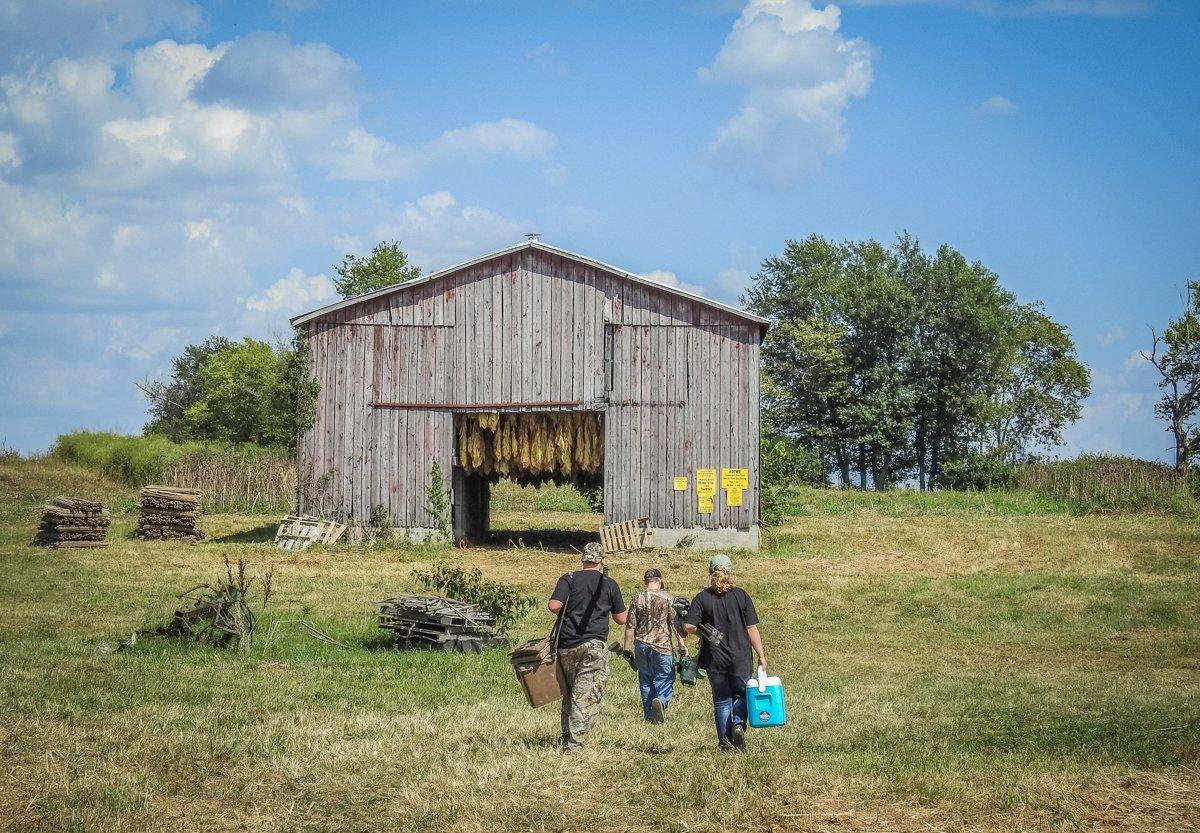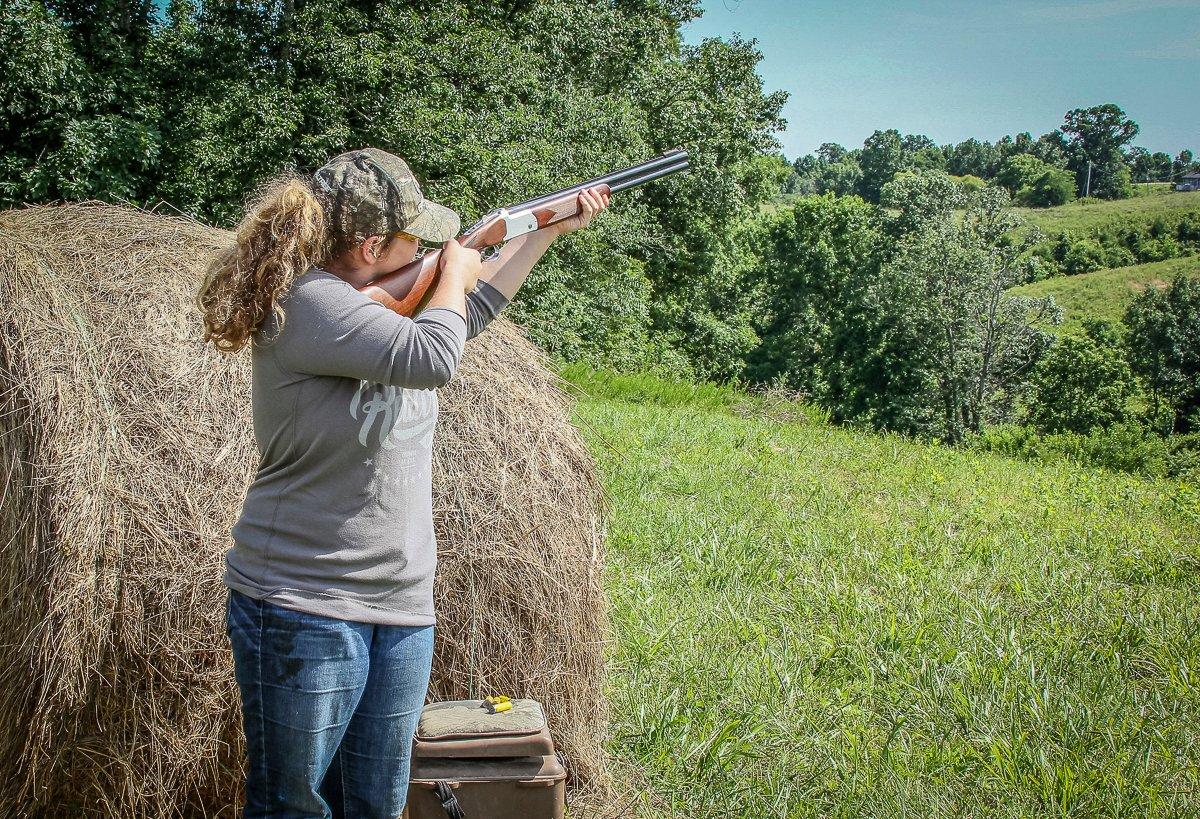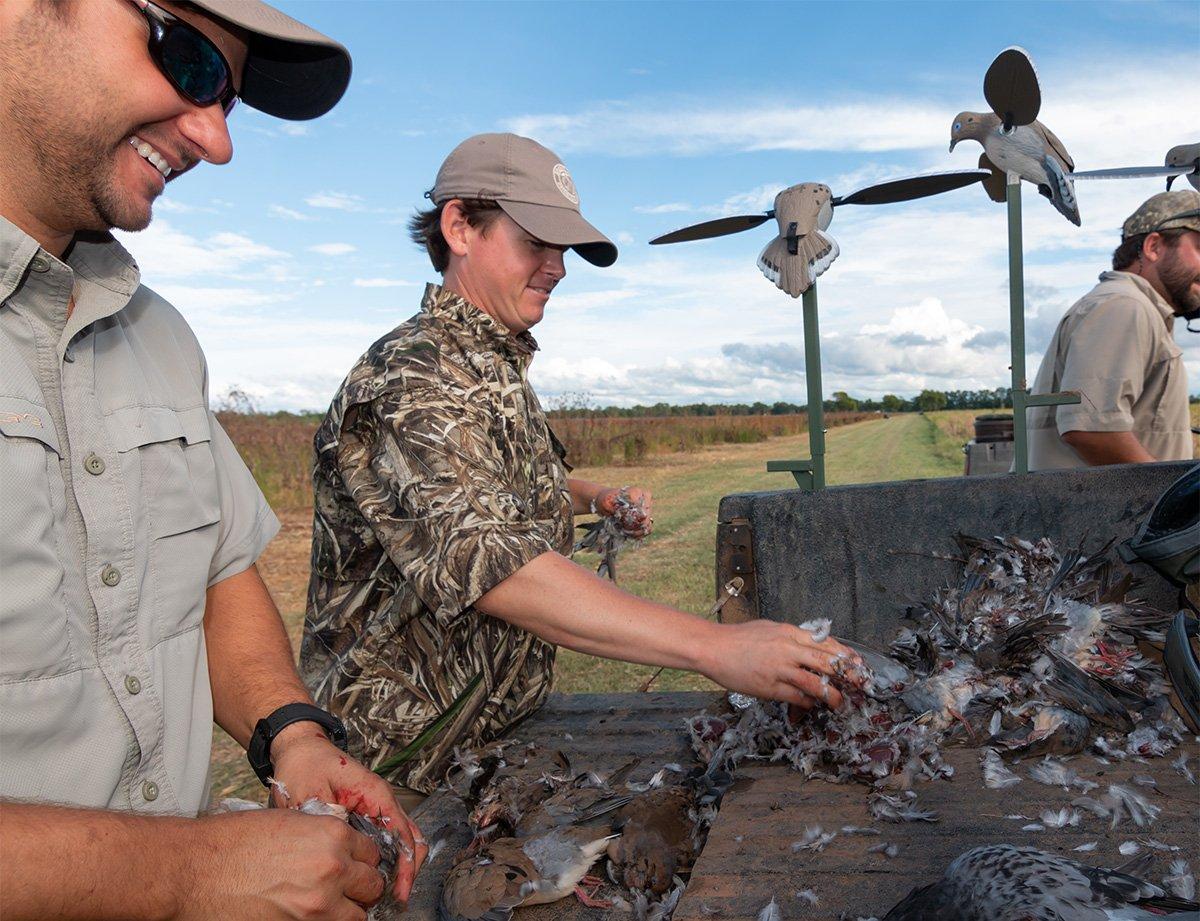My buddy shouted at me from 60 yards away, and it was just the type thing you hope to hear on the First of September. “Coming in hot behind you, to the right!” I twisted around on my bucket seat to catch sight of the dove coming over the barn behind me. Raising my shotgun, I followed along, then swung just out in front of my target and pulled the trigger.
That bird went into the rapidly growing pile at my feet. Judging by the number of shots that rang out from my hunting partners in the short time it took me to pick it up, I figured their piles were growing as well.
Dove shoots with hot and heavy action like this are common over carefully tended plots of sunflowers or millet planted solely for the purpose of attracting large numbers of doves during the fall season. But we weren’t hunting over one of these fields. We were just sitting around a cut tobacco patch.
Throughout much of the country, early September means dove season is upon us. If you find yourself, as we did, without a dedicated dove field to hunt, don’t worry. Plenty of other options can help you fill your game vest, and your grill, with these tasty game birds.
Harvested Tobacco Fields
Where my brother and I grew up in the farmlands and river bottoms of western Kentucky, late summer meant a love-and-hate relationship with the local tobacco farms. After enduring brutal hours in the hot sun cutting and hanging the crop in nearby barns, we knew a good dove shoot or two would be coming in the near future after the newly exposed ground had been tilled and planted with cover crop winter wheat.
While tobacco patches aren’t as common as they were 20 to 30 years ago, they still dot farmland all across the Southeast. And they still provide hot dove action if you can locate one that has been recently tilled and planted.
We were able to get another two or three productive hunts off the field mentioned above before the planted wheat began to sprout and cover the exposed ground, losing its attractiveness for the area doves.
Public Fields
Check with your state’s fish and game department to see if they offer public fields. Many states plant sunflower or millet fields on public land or on rented private land to give residents a place to hunt.
Here’s the downside. On most of these fields, the first week of the season sucks. Expect crowds. Not everyone will be courteous or follow all safety rules. Don’t mind hunting shoulder to shoulder with others? Then the first few days on a public field can provide a good shoot or two.
But if crowds aren’t your thing, give it a week or two, and hunter numbers will drop considerably. Watch for cold fronts to push fresh birds into the area and hit the fields as the new doves show up. You will often find that you have the place almost entirely to yourself.
Hemp Fields
As more states across the country legalize industrial hemp fields, hunters are discovering that they can make fantastic locations for a dove shoot. But not all hemp fields are equal when it comes to doves.
Hemp is grown for three primary reasons: oil, fiber, and seed. Hemp fields grown for fiber are harvested while the plant is still green, well before the seeds mature. You might be able to scratch out a few birds over one of these, but it probably won’t be a shoot to write home about. Hemp grown for oil production is seed free and of very little interest for doves.
Hemp grown for seed is where it’s at. Since the hemp seed is much smaller than traditional corn or beans, more of it drops to the ground during the harvesting process. Once the doves find a newly harvested hemp field, they will flock to it for days or even weeks.
The only drawback to seed-production hemp is that its harvest generally occurs a bit late in the year for traditional early dove openers. But if your state’s season runs late enough in the year to coincide with harvest time, you are in for a great dove hunt.
Baled Hayfields
Some of our best dove hunts over the years have taken place on recently baled hayfields. As the hay is cut and baled, weed and grass seeds get dislodged and fall to the ground. Doves know it, and they readily flock to the area as soon as the baling is done.
Any round bales left in the fields provide perfect cover and shade as you wait for doves to fly over. Pay attention to the fields in your area before they get cut. Those with more weeds and seed heads will attract more birds than clean grass, clover, or alfalfa fields.
Water Sources
Realtree pro staffer Mike Stroff, host of Savage Outdoors, says he likes to key in on water sources when hunting his home area of South Texas. It’s so dry down here that any water source attracts doves, Stroff says. Even planted sunflower fields are much more productive if they have a water source nearby. Add to that the fact that the only big trees for miles tend to grow around water sources, and you have both a watering and roosting area for doves.
Even in areas of the Midwest, East, and Southeast, a good water source close to a feeding or roosting area will pull in more doves than a field in a dry area. If you are hunting a large field, setting up near water will increase your odds.
Cattle Feedlots
If you live in an area with lots of cattle production, be it dairy or beef, pay attention the next time you drive by a working feedlot. Chances are good that you’ll see doves lining any nearby power lines or open tree limbs. We like to key in on cattle feedlots and loading areas, says Stroff. You get the added attraction of leftover cattle feed, plus there is usually a tank or other water source nearby, making these areas extremely attractive to doves.
Feedlots are a dove magnet. Feed, be it spilled from troughs or recently passed through the digestive system of the cattle, draws doves in like the smell of barbecue does a hungry hunter. While permission to hunt the actual lot full of cattle might be a little tough to come by, hunting the flight paths the birds use traveling to and from the lot can be productive. Be prepared for high shots at fast-moving birds. It can be a challenge.
Cut Silage Fields
Cut what? What is silage? Good question that, unless you are a beef or dairy cattle owner, you might not know the answer to. Silage is a green crop, normally corn, in which the entire plant is cut, chopped, baled, and packed away inside a plastic roll so that anaerobic bacteria preserve the vegetation in a more or less green state. It gets fed to cattle during the winter months when no grazing is available.
Why does this matter to a dove hunter? Because, in most areas, the harvesting of silage corn occurs right around early September, about the same time dove seasons are coming in. The process leaves quite a bit of scattered seed on bare ground, all the makings you need for a great dove shoot.
Spend your late summer talking to cattle farmers in your area to see if any of them plan to cut their corn crop for silage this year. Watch for any corn that is being harvested while it is still slightly green, much earlier in the growing season than usual.
Terrain Features
With any of these hunting areas, a few features will increase the field’s attractiveness. Power lines running through the fields give doves a place to stage before flying down to feed. The same is true for tree lines in or along the edges of the field. Rolling terrain seems to draw doves more than flat, open areas.
Mike Stroff recommends scouting before you hunt. In our area of South Texas, the birds seem to follow a flyway, similar to waterfowl. The exact path might change from year to year, but hunting areas located along the flyway corridor are always more productive than a spot outside of it, no matter how much feed or water it might have.
Gear Up
For this type of hunting, it pays to be mobile. You’re probably going to need to move a few times before you find that sweet spot where the doves want to be. A lightweight stool like the Game Winner Big Boy Hunting Stool in Realtree Xtra is perfect. It’ll give you a comfortable seat while you wait but folds up quickly when you need to scoot to a different spot.
Doves have sharp eyes. Good camo — you know what we recommend — helps you blend in to cover so the birds don’t flare away outside of shotgun range. And being in the right spot can mean lots of shooting. Always protect yourself with hearing and eye protection. If you have ever been a part of an active dove shoot, you know that random pellets raining down from shooters across the field are a common thing.
Doves are gregarious critters, and a few dove decoys scattered about your hunting area will attract more birds. Try clipping still decoys to exposed limbs, fence wire, or tall weed heads so they will be visible from the air. Just like waterfowl, doves can see the flash from spinning wing decoys from a distance. Place one or two on poles near your shooting location to draw birds in for a close shot.















